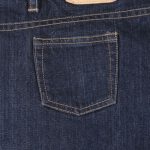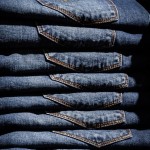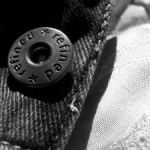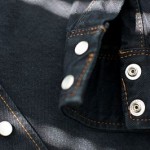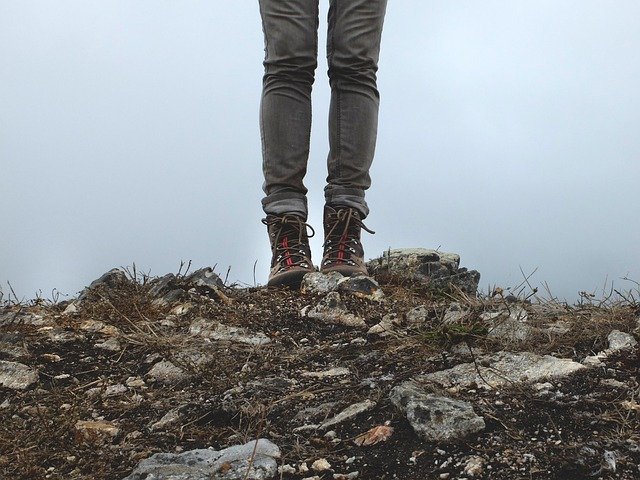
by MakeYourOwnJeans | jeans |
Are your jeans too long? Like most full-length trousers and pants, jeans should typically extend 1 or 2 inches past your ankles when worn. If they are longer, several problems may occur. Your jeans may bunch up in the middle to create a messy appearance, or they may drag on the ground. In the latter scenario, allowing the bottom of your jeans to drag on the ground will likely damage them. They’ll slowly begin to degrade and unravel, resulting in permanent damage. There are a few things you do, however, if your jeans are too long. Wear Them Higher on Your Waist If your jeans are too long, try wearing them higher on your waist. Most jeans are designed to sit directly on your waistline when worn. Others are designed to sit a little lower or a little higher. Regardless, wearing your jeans higher on your waist will essentially make them shorter. If your jeans are 2 inches too long, for example, you can wear them 2 inches higher on your waist, allowing for a more appropriate length in which they don’t bunch up in the middle or drag on the ground. Shrink Them If your jeans are both too long and too wide, you can try shrinking them. Assuming they are made of pure denim — which most jeans are — they should shrink at least somewhat when exposed to heat. Heat causes organic materials, including denim, to permanently contract. What’s the best way to expose your jeans to heat exactly? You can wash your jeans in hot water to trigger shrinkage. Don’t just wash them in hot...
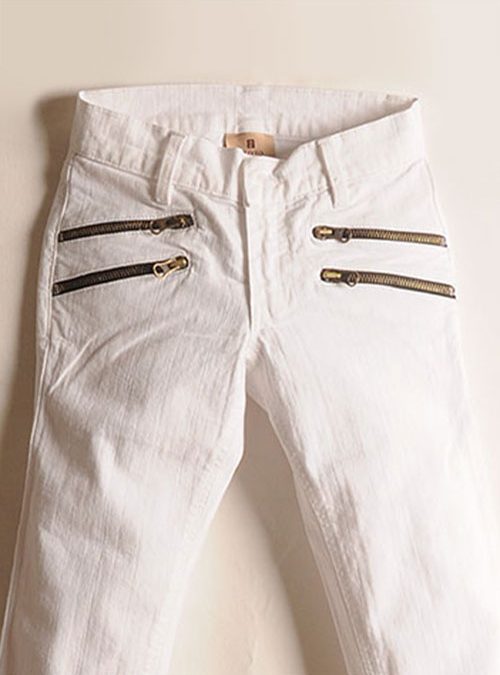
by MakeYourOwnJeans | jeans |
Ever since they were invented in the late-1800s, jeans have followed a similar design consisting of a denim construction with a zipper or buttons for the fly and open pockets on the side and back. In recent years, however, manufacturers have begun exploring alternative styles. While you can still find jeans in this traditional style, you can now find them in alternative styles as well. Double-zipper jeans, for instance, have become a popular alternative. They are still made of denim, but they use a different design that embraces two zippers on both the right and left sides. What Are Double-Zipper Jeans? Available for sale here at MakeYourOwnJeans, double-zipper jeans are a unique style of denim trousers that are characterized by their use of dual zipper pockets on the front right and front left sides. Upon hearing the term “double-zipper jeans,” many people assume that they have two zippers for the fly. In reality, double-zipper jeans have the same fly configuration as traditional jeans. They are known as “double-zipper jeans” because they have dual zippers on each side. As shown in the photos here, double-zipper jeans have two zippers on the front right side and two zippers on the front left side. All four of these zippers run horizontally, meaning you’ll need to pull them from side to side to open or close them. Benefits of Double-Zipper Jeans With double-zipper jeans, you can create stylish outfits that stand out from the crowd. Most jeans use a similar design with two plain pockets on the front. Traditional jeans have a single open pocket on the front left side and another open...
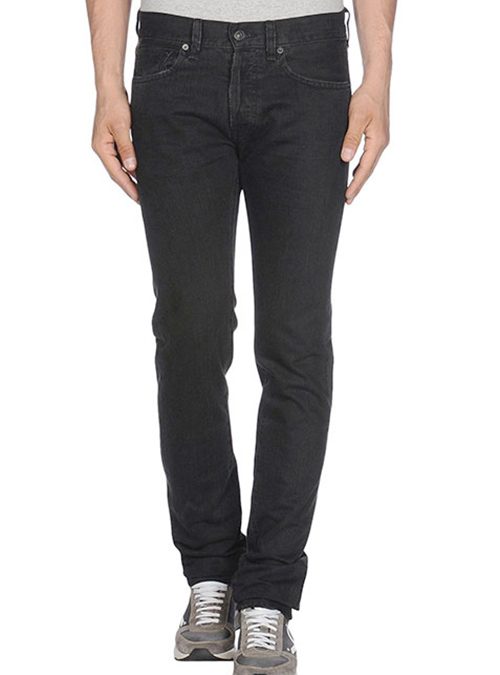
by MakeYourOwnJeans | jeans |
Dye is regularly used in the construction of jeans. When making their jeans, manufacturers bathe the raw denim material in a solution consisting of water and dye. The dye, of course, is responsible for giving jeans their color. Indigo jeans are bathed in indigo dye, whereas red jeans are bathed in red dye. Regardless, jeans receive their color from the dye to which they are exposed. You might be surprised to learn, however, that some jeans are overdyed during production. The Basics of Overdyed Jeans Overdyed jeans are characterized by a higher amount of dye than that of traditional jeans. They are still made of denim. All jeans, in fact, are made of denim. Overdyed jeans are simply made with more dye during production. As previously mentioned, manufacturers rely on dye to give their jeans color. Denim is essentially cotton, and cotton is naturally white. Therefore, unless a pair of jeans is white, they must be dyed during production. Dyeing changes the color of jeans, thereby opening the doors to new possibilities. Manufacturers can create jeans in virtually any color by dyeing them. Jeans are available in indigo, light blue, red, yellow, green, black and countless other colors — all of which are dyed. The term “overdyed jeans” simply refers to jeans that contain a larger total volume of dye than standard or traditional jeans. Advantages of Overdyed Jeans Why should you choose overdyed jeans exactly? Since they contain more dye than traditional jeans, overdyed jeans tend to exhibit a stronger and more prominent color. A pair of indigo-colored overdyed jeans, for instance, will have a solid dark blue...
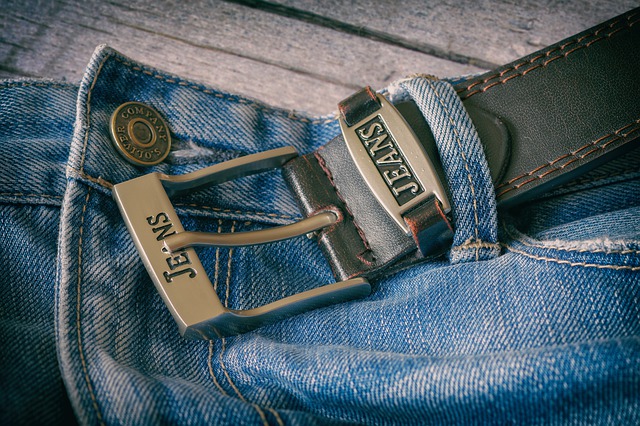
by MakeYourOwnJeans | jeans |
Jeans are available in dozens of styles, one of which is carpenter. Carpenter jeans are made of the same cotton-based denim as most other jeans, but they are designed with a few unique features that distinguish them from the rest. They are known as “carpenter jeans” because they are frequently worn by construction workers and carpenters. Even if you don’t work in one of these professions, though, you should still consider wearing carpenter jeans. Below are seven reasons to wear carpenter jeans, some of which may surprise you. #1) Superior Strength and Durability Carpenter jeans are both strong and durable. As previously mentioned, they are frequently worn by construction workers and carpenters, many of whom work laborious jobs. Constructions workers and carpenters prefer carpenter jeans over traditional jeans because of their long-lasting qualities. Carpenter jeans are strong and durable, allowing these blue-collared workers to comfortably wear them for long periods. You can take advantage of these same benefits by including carpenter jeans in your daily outfits. Carpenter jeans don’t degrade as quickly as other types of jeans. They are designed with an emphasis on strength and durability, thereby protecting them from premature wear and tear. If you’re tired of buying new jeans, only to find out that they’ve become damaged just a few months afterward, perhaps carpenter jeans are the answer to your problem. #2) Carrying Loops You can easily carry tools, as well as other small items, on your carpenter jeans. When comparing traditional jeans to carpenter jeans, you’ll probably notice that the latter have loops, whereas the former do not. Some carpenter jeans have a single loop...
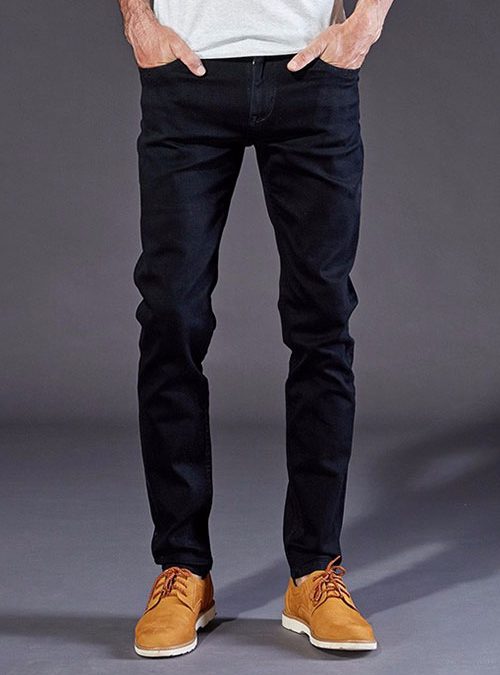
by MakeYourOwnJeans | jeans |
Are you planning to wear stretch jeans? Consisting of both denim and an elastic material, stretch jeans have become a popular alternative to traditional jeans. They are soft, comfortable and able to contour to your body. Because of the nuances between them and regular jeans, though, you’ll need to follow some basic tips when wearing them. In this post, you’ll learn more about stretch jeans and how to look great when wearing them. Hard Washed You should consider choosing a pair of hard-washed stretch jeans. Like all stretch jeans, they are characterized by the use of an elastic material in their construction. They are called “hard washed” because they are washed in hot water during production. Jeans are often labeled as either washed or dry, depending on whether they are washed during production. Hard washed simply means the jeans were washed at high temperatures. Exposure to hot water helps to protect the jeans from premature shrinkage as well as fading. As a result, hard-washed stretch jeans are an excellent all-around choice. Selvedge In addition to being hard washed, you may want to choose a pair of stretch jeans featuring selvedge denim. Selvedge denim, of course, refers to hemmed pant legs. The bottom of the pant legs doesn’t just abruptly stop. Rather, they are hemmed a few inches in place. Stretch jeans featuring a selvedge denim construction offer several benefits, one of which is a uniquely stylish appearance. Since the bottom of the pant legs are hemmed, they tend to stand out while offering a high level of aesthetics. Furthermore, a selvedge denim construction protects the stretch jeans from damage....
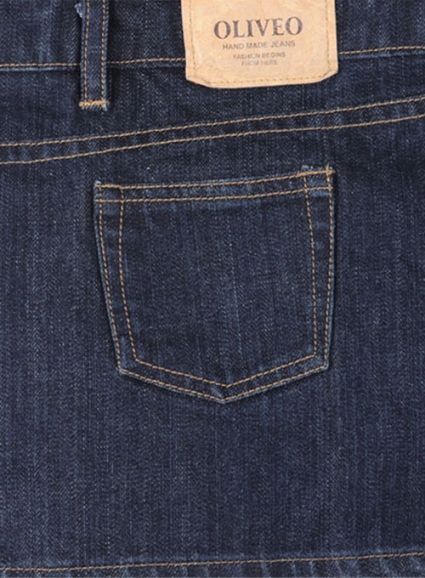
by MakeYourOwnJeans | jeans, Uncategorized |
When putting on a pair of jeans, have you ever noticed the small leather path on the back? Whether it’s a generic or designer brand, most jeans feature a single leather back. As shown in the photo above, it typically features the brand name. Considering that it’s just a label, though, you might be wondering why so many jeans feature this characteristic leather patch. The History of Jacrons There’s actually a name for the leather patch found on the back on jeans. Known as jacrons, they’ve been around for over a century. Research shows that Levi was the first denim brand to begin using jacrons on its jeans. In the late 1800s, the U.S.-based denim brand introduced jacrons in its denim overalls. Shortly thereafter, Levi began using them in its jeans. While Levi continues to use jacrons in its jeans — even after more than a century later — it’s not the only brand that uses them. Jacrons have become synonymous with brand-specific jeans. You’ll find them on nearly all brands of jeans. Even small, lesser-known brands, in fact, use jacrons on their jeans. What Is a Jacron? The term “jacron” refers to a small rectangular- or square-shaped patch found on the backside of a jeans’ waistband. Even if you’re unfamiliar with them, you’ve probably come across jacrons when shopping for jeans. As previously mentioned, nearly all denim brands use them in their jeans. In the past, jacrons were made exclusively of genuine leather. You might be surprised to learn that it was the only part of jeans made of leather. Jeans, of course, are comprised mostly of denim,...








